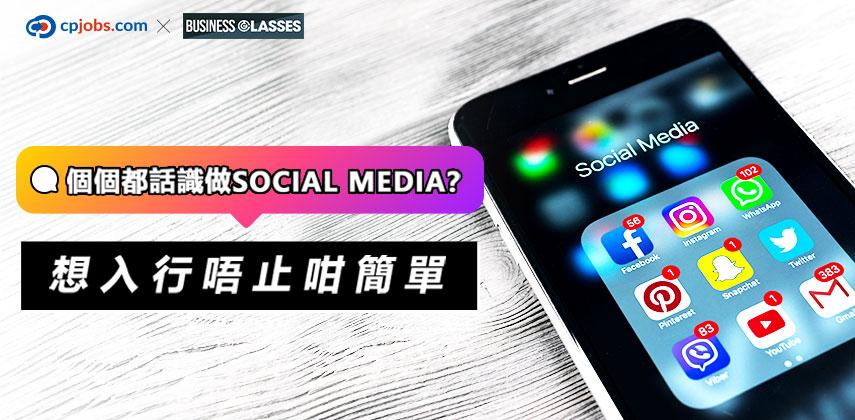Few would have ever known that Friends Reunited was actually the first social networking site to achieve prominence. It was in fact three years old by the time Friendster appeared and took another two years before Facebook came into the scene. Most social networking sites share a common goal of connecting or reconnecting people through the Internet. At some point in their history, each has built a credible following of members. It is this member base that has attracted the attention of businesses wishing to identify, connect, engage and hopefully sell products and services to.
Social media and social networking are two different things. Social networking, and LinkedIn is a good example, is a tool to connect people together. YouTube is a great example of a social media platform because social media is primarily an outlet for broadcasting.
Facebook was set up primarily to connect people to their friends and families. It is also a platform where its mission is to give people the power to share. It is a site that straddles perfectly between social networking and social media. It can do both. And it is this capability that has made it successful and attractive for marketers looking to identify, target, reach and engage a community of like-minded people (or people with similar interests) to engage with.
A marketer who wishes to engage the online communities effectively needs to be armed with two skills: digital media skills and social media marketing know-how. What’s the difference?
Before we even go there, let me make it clear that a marketer must have good interpersonal and communication skills; is creative and able to work in teams; can use a computer; and just as important, has an understanding of the market, consumer wants and needs, and the business requirements of the client or the company.
If you have the above, then you have the basic skills necessary to move on to the digital realm.
According to the online marketing institute (OMI), digital recruits must have analytical skills, familiar with mobile technology and SEO, have experience in content marketing and email marketing, understand social media and marketing automation, and preferably have hands-on experience in digital advertising.
In a recent OMI study, analytics (76%) and email marketing (73%) are the most important skills to have followed by content marketing (58%) and social media (67%). The same study reveals a wide gap between what employers view as important and what applicants think they are able to bring to the table. For example there is a 37% gap around analytics, 27% gap each on email marketing and content marketing.
Many companies likely do not have any in-house training programs that would help a new hire get up to speed. So potential recruits must take it upon themselves to not just learn the jargon but also take courses to upgrade their skills. In Hong Kong there are readily available courses to help you get a handle on digital media and digital marketing – just do a quick search on “Hong Kong digital marketing courses”.
Theory aside, you will also need to build some project management expertise which most times is best learned on the job.
So you have your certificate and got yourself hired, your manager hands you a project to tackle – build a Facebook page and develop a strategy to drive traffic to the page and convert likes to sales. What next?
Here are some practical pointers on to help you pass that project with confidence and hopefully some success.
Step One: The Facebook Page will be the hub of your business on Facebook so plan it to be easy to discover and to connect to, and make sure you have timely messages to share with your target audience. Remember: your Page is an extension of your business. It’s ready to help you engage your customers on desktop and on mobile.
Step Two: Identify who your audience are, what is interesting to them, how your business help them. Facebook lets you target a specific group of people most likely to become your customers. Remember: it’s not about the number of likes. It’s more important to genuinely connect with the people you engage with on Facebook. If you do, they’ll help tell your story.
Step three: Make your business come alive on Facebook by creating compelling content. Be authentic, responsive and consistent. Use the analytics tools built-in to the platform to identify what works and what doesn’t. Remember: Your recipe for success is to create Page posts and ads that are interesting and valuable to your customers—and to target your messages so the right people see them.
Step four: It really pays to advertise. Once you’ve started connecting with your customers on Facebook, you’ll want to find other people who are likely to be interested in your product or service. You can use Facebook ads to send the right message to the right people, just when they’re most open to discovering your business.
Step five: Measure and adjust. Find out what’s working well, so you can maximise the impact of every post and ad. Facebook recognizes that marketers want to be able to measure the success of their activities so built within the platform are analytical tools to help you understand your customers and their responses to your campaigns. This way, you can tweak your plans as you go along. Remember: marketing your business is all about helping you achieve your goals.
Follow these and you are on your way to becoming a digital media expert.






